Learning how to understand food labeling claims is so important for avoiding the marketing traps brands like to put on their products!
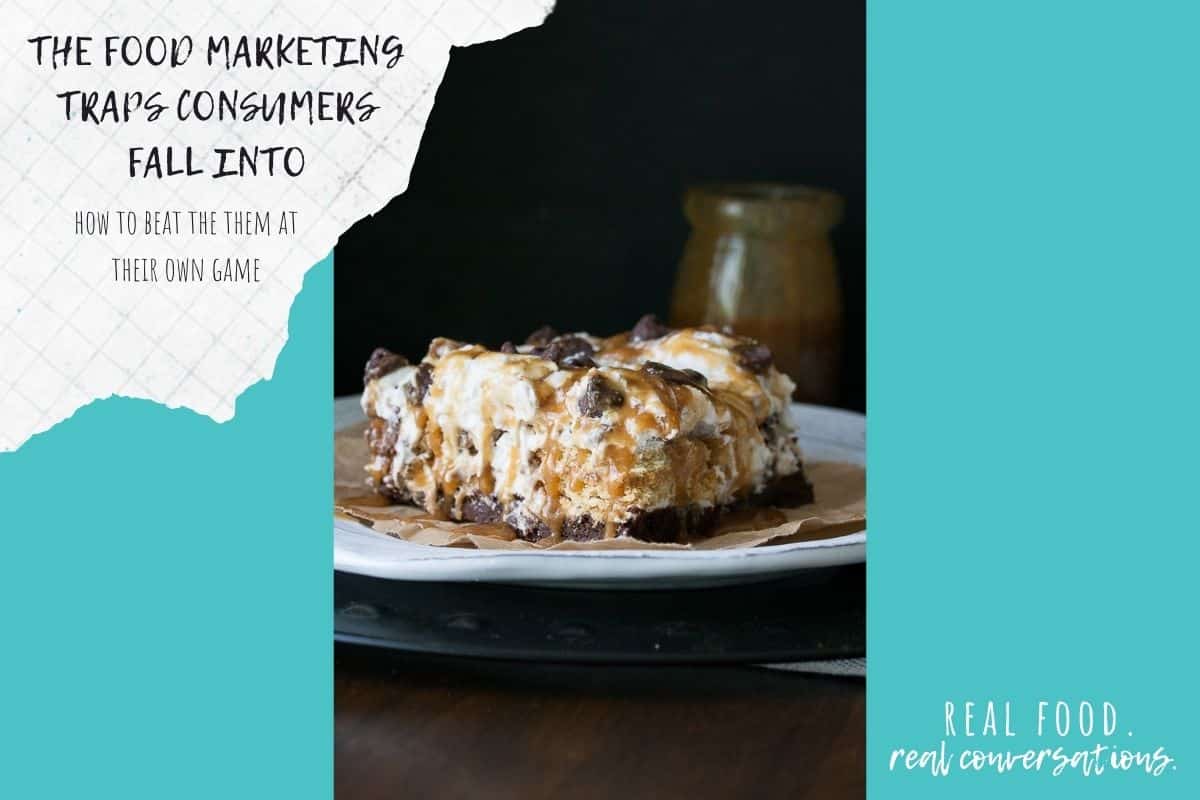
It's so easy to fall victim to all the fancy marketing on the front of products. Brands know how to draw you in and get you to think a product is filled with wholesome ingredients when that's not the whole story.
Podcast: Play in new window | Download | Embed Subscribe now! Apple Podcasts | iHeartRadio | TuneIn | Deezer | RSS | More
Food Marketing
My husband is the first person to fall for the claims on the front of food labels. I love his desire to bring home amazing wholesome foods, but brands love to use the front of their packages to draw the buyer in.
There are claims that brands are allowed to use that don't necessarily tell the whole truth. Here are a few I see a lot:
- All natural
- Made with whole grains
- Sugar free
- Low fat
- No trans fat
- Using things like "gluten-free" as a tactic to make buyers think it's healthy.
There are ways you can check whether these food labeling claims are true and avoid falling for what's not fully true.
Importance of food labels
Labeling food packages are a requirement. They are meant to help consumers but they can also be very confusing if you don't know how to read them.
Which is why many simply look at what claims are put on the front. Many consumers read the claims and labels on food, but you need to know how to read them right.
How to read ingredient lists and what they mean
While it's easy to look at the front of packages, turning the food around and reading the labels on the back along with the ingredients is the only way to truly see what's going on.
Here are some tips with reading ingredient lists (you should also know what the rest of the food label means too):
- The ingredients are listed by weight, meaning the first one is found in the highest quantity.
- Be cautious with foods that have a huge list of ingredients. Unless they are mostly whole foods or things you recognize like spices, etc., they could contain many additives that aren't great for you.
- If the first three ingredients are real whole foods, its made of mostly real stuff.
- If something is made with actual whole grains, then the you will see the word whole in the first two ingredients.
- Whole grains also provide at least three grams of fiber per serving so look at the label.
- Look for artificial sugars like sucralose, sacharin, aspartame and acesulfame.
- Preservatives can hide, things like sodium nitrite and sodium nitrate are found in processed meats.
- Three big ingredient categories that can have a variety of names are sugar, sodium and trans fat.
- Manufacturers are allowed to say something has no trans fat if it has anything under .5 grams per serving, so they will make the serving size super small to reach that. This is common in things like salad dressings.
- If you see hydrogenated vegetable oil in the list of ingredients it has trans fat.
How Food Labels Can be Misleading
Manufacturers want to sell products. So they often find loopholes in the way they can label their products so they can draw the consumer in.
Many of these claims are misleading and sometimes not true, like the trans fat example above.
Other examples are when they have high-sugar breakfast cereals claim whole-grains but they omit all the other ingredients that make them high in sugar and other added ingredients.
Manufacturers like to label products with things they do have to imply they are healthy. Like no sugar added, yet the ingredients in there are have plenty of sugar and calories.
There are some health claims that are not allowed on food labels though. These include things for treating, preventing, or curing diseases. These are considered drug claims.
Can you trust food labels?
Overall, throw caution to what's on the front of a food package. It's really important to look at the ingredient list and cross check things with the numbers per serving.
You need to know other names for things, especially when it comes to sugar, fat and sodium.
Download the one page guide to help you read the labels!

PS- If you liked this episode of Real Food Real Conversations, please subscribe and leave me a review!
And tag me on Instagram whenever you're listening! I reply to all my messages!

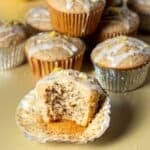
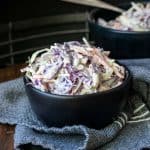
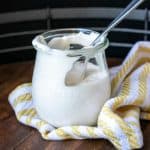
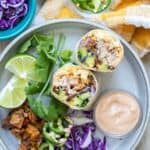
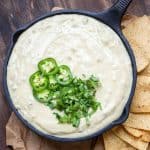
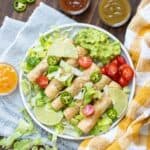
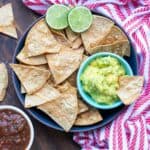
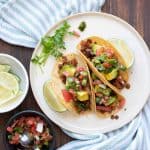
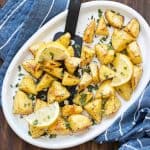
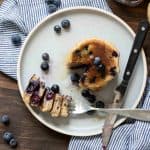
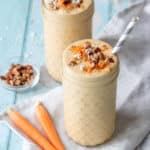
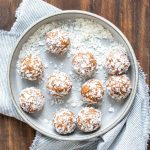
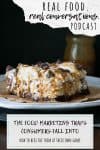
Questions or comments? Let me know below!